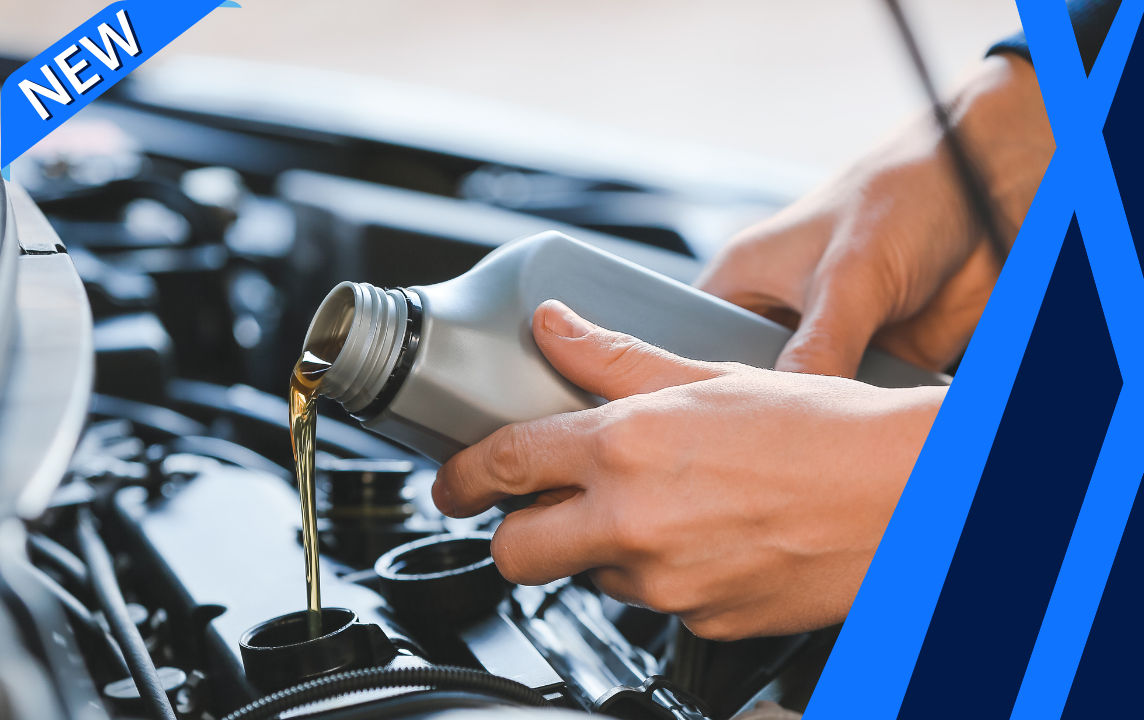Description
Lubricate steering and suspension
What is lubricating the steering and suspension all about?
The steering and suspension systems work together to make the vehicle handle smoothly and comfortably. Proper lubrication is required to keep things operating correctly, as every moving part (of which there are many) experiences friction. Every component between the body of the vehicle and the wheels plays an important role in keeping everything moving down the road.
Keep in mind:
- Lubrication will not fix anything broken, though it can make parts operate more smoothly.
- Some parts in the steering and suspension are permanently lubricated and sealed from the factory. These parts may need servicing or replacement if they are experiencing excess friction
- Each vehicle will have its own quirks and issues in the steering and suspension; looking for any manufacturer warnings about certain parts or services is crucial.
How it’s done:
- Apply grease to the zerk fittings of all the steering and suspension parts.
Our recommendation:
Read the vehicle’s manual to see if the manufacturer has certain suggestions for lubrication and other preventative maintenance on the suspension and steering. When accessing parts for servicing, inspect each connection for points that can be lubricated. Some points will require a grease gun while others will require aerosol lubricant. Wipe down dusty or muddy parts with a rag while lubricating to ensure the new lubricant stays clean for as long as possible. Check parts for excess wear and other signs of friction while inspecting.
What are the common symptoms indicating you need to lubricate the steering and suspension?
- Squeaking noise when turning or going over bumps
- Groaning sound when turning
- Suspension is bumpy and doesn’t work smoothly
- Loud noise when turning the vehicle
How important is this service?
This service is quite important to keep a vehicle operating safely for a long time. Not only will the ride be negatively affected by the bad suspension, but poor handling could cause an accident. Steering components, especially, need to be monitored for excess wear and friction, as the failure of these parts could be catastrophic.




